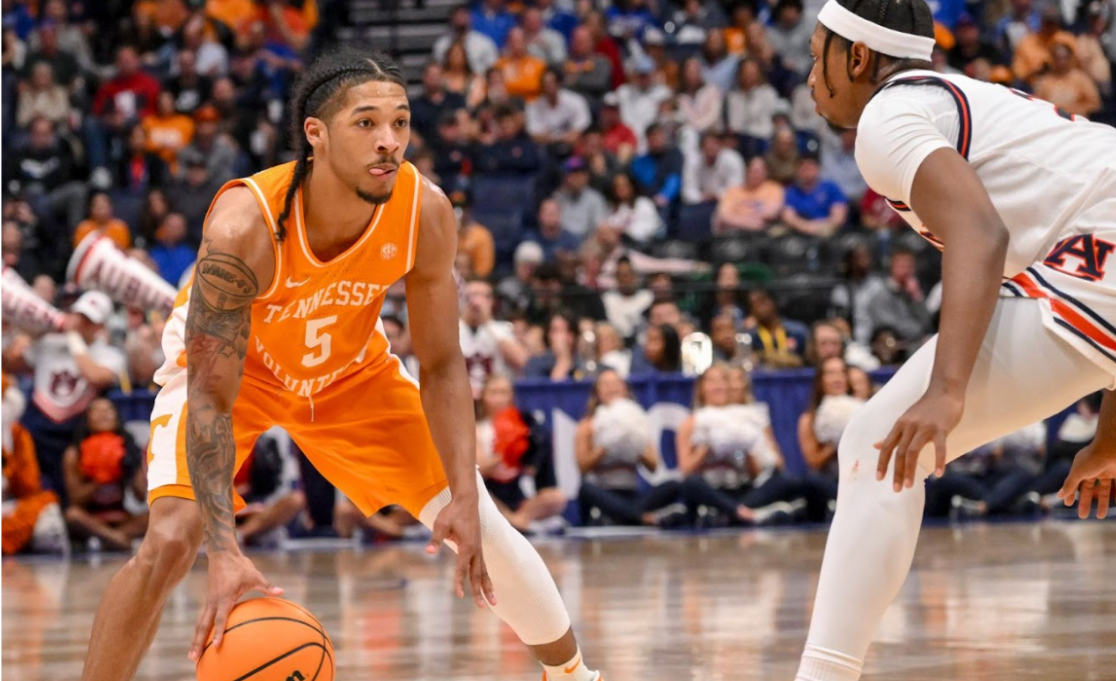Balancing school, sports, and personal life is a constant challenge for student-athletes. Long school days, early morning workouts, nightly practices, and midnight study sessions leave little time for rest. This often leads to exhaustion and inattentive learning in classes. The pressure of it all can come from many directions. Coaches demand a high level of performance. Teachers expect a consistent desire to learn. Parents hope for nothing but success in their child’s endeavors. While some argue that these expectations only discipline students to become better time managers, others believe that the built-up pressure placed on young athletes is unrealistic and is the cause of poor mental and physical health. As the number of students struggling with injuries, stress, and mental health increases, one question remains. Is the pressure to succeed shaping student-athletes for the future or pushing them beyond their limits?
Student-athletes take on intense schedules year-round, leaving little time for personal activities or rest. A typical day for them can start with an early morning workout or greenday before school, followed by a full day of classes and ending with an afternoon to late night practice. This lengthy schedule often leaves students exhausted and allows for little time to complete homework and prepare for the next day of school. Unlike their peers who have time to relax, socialize, and study, student-athletes must constantly juggle their commitments to both academics and sports. Missing practices could mean losing playtime. Falling behind in class creates more work and a potential effect on future college plans. The constant need for balance leads to increased stress and burnout. It takes a serious toll on their mental and physical health.
Many athletes push themselves while injured in fear that taking time to recover could cost them their team position and result in them being seen as a disappointment. Nearly 90% of high school athletes have played through an injury for the above reasons. This is bad since playing while injured could result in needing to be kept out longer or potentially cause a permanent ending to one’s sports career. Beyond physical health, the mental toll of being a student-athlete is just as bad. Around 30% of student-athletes report experiencing anxiety while 25% struggle with depression. Unfortunately, many student-athletes hesitate to seek out help with mental health due to feeling others will see them as weak. The stigma surrounding mental health in sports can discourage conversations, leaving student-athletes to be silenced. The relentless pressure from coaches and parents can lead to exhaustion, loss of passion for the sport, or even more severe mental health issues.
Additionally, student-athletes must maintain a strong academic performance. Balancing long or early morning/late night practices can leave little time for sleep and school work. Because of this, many athletes struggle to keep up with classwork. Parental expectations only add another layer of pressure. For some student-athletes, athletics is a pathway to college admissions or professional careers, leading some parents to push their children to prioritize sports.
The pressures placed on student-athletes stem from high expectations set by parents, coaches, and the student-athletes themselves. The overwhelming desire to succeed can lead to mental and physical health struggles, which include anxiety, injuries, and exhaustion that are often pushed aside in favor of performance. The stigma surrounding mental health in sports further worsens matters, with young athletes feeling that seeking help is a sign of weakness or disappointment. Schools, parents, and athletic programs should work together to create a balanced environment that values physical and mental health as much as academic and athletic success.


















